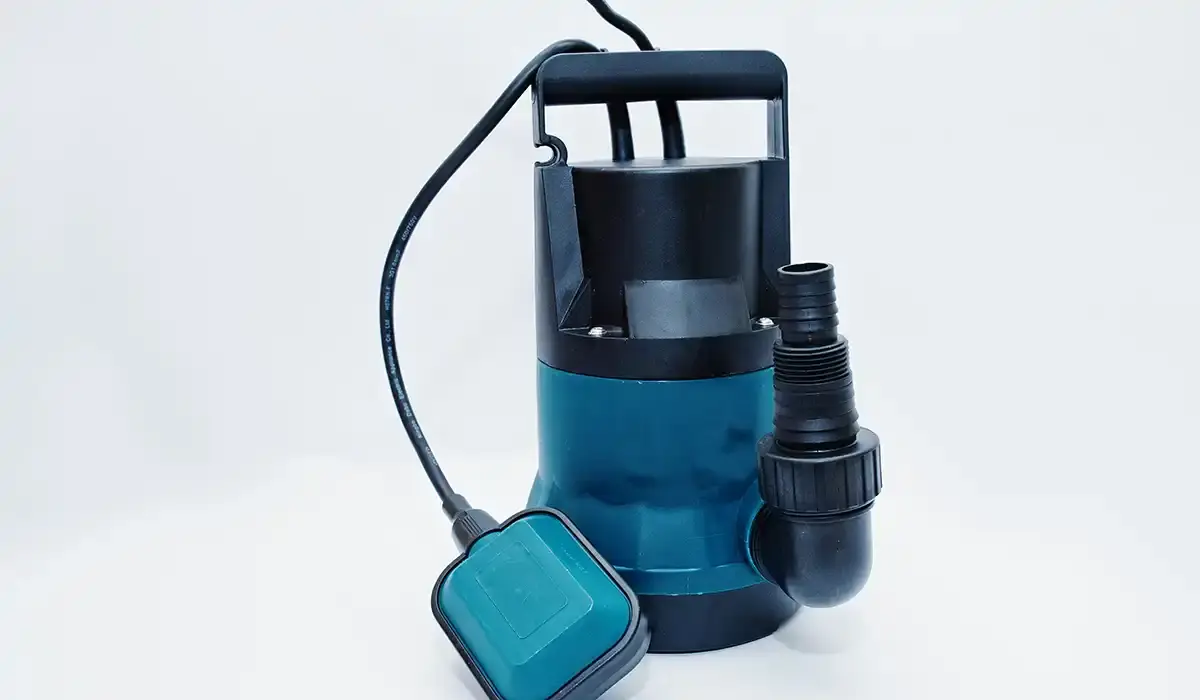Plumbing
Sump Pumps Explained: Do You Need One for Your Home?

Sump Pump Explained Guide for Homeowners
Protecting your home from flooding begins with understanding the Sump Pump Explained Guide and its essential role in water damage prevention.
A sump pump works as a proactive defense against basement flooding by pumping water away before it can cause costly structural damage.
What Is a Sump Pump?
A sump pump is a dedicated appliance designed to pump unwanted water out of your home’s lowest areas, such as basements.
It sits inside a specially constructed pit below floor level, allowing water to collect naturally before being removed through the pump.
When water fills the pit to a certain level, the sump pump activates, pushing water away from the home’s foundation.
This system prevents flooding, protects your possessions, and reduces the risk of mold growth inside basements, crawl spaces, or underground cellars.
You might also enjoy the articles on our other site: L’Oréal Patents Crystallized Probiotic for Anti-Aging Skincare
How a Sump Pump Works
A sump pump operates using sensors, a pumping mechanism, and a discharge line to channel water safely outside the home’s perimeter.
When water enters the pit, a float switch rises and signals the pump to start removing water immediately through the discharge line.
Water flows away from the foundation into a safe drainage area, reducing risks associated with excess moisture and structural weakening.
Most sump pumps are powered directly from the home’s electrical system, though some models feature battery backup for emergency situations.
Battery-powered units provide peace of mind during storms or outages, ensuring the sump pump continues protecting your home from flooding.
Types of Sump Pumps
Understanding the different models is essential when following the Sump Pump Explained Guide to choose the right option for your property.
Pedestal Sump Pumps
Pedestal sump pumps keep the motor above water, which makes them suitable for deep, narrow pits while simplifying maintenance tasks significantly.
However, because the motor is exposed, pedestal units operate louder and may overheat faster than fully submersible sump pumps.
Submersible Sump Pumps
Submersible sump pumps are placed underwater in the pit, which keeps the motor cooler and allows quieter operation during heavy pumping cycles.
These models are more powerful, space-efficient, and durable, making them a preferred choice for most modern primary sump pump installations.
Water-Powered Backup Sump Pumps
These backup units operate without electricity by using municipal water pressure to create suction, removing floodwater from the sump pit.
However, they can increase water bills and are restricted in some cities due to high water consumption concerns.
Battery-Operated Backup Sump Pumps
These backup pumps run on rechargeable batteries, providing uninterrupted protection when storms knock out the main power supply.
Homeowners must monitor and replace batteries periodically to ensure reliable performance during future emergencies.
Benefits of Installing a Sump Pump
A sump pump provides peace of mind by protecting against costly water damage, mold growth, and foundation weakening during flooding events.
It helps maintain better indoor air quality and keeps basements feeling dry, comfortable, and safe for storage or finished living space.
Sump pumps also discourage pest infestations by preventing moisture-loving insects and termites from inhabiting your home’s foundation areas.
Some insurance policies require proper flood prevention systems, making a sump pump an investment that protects both property and coverage eligibility.
Key Considerations When Choosing a Sump Pump
When selecting the right pump, consider type, size, housing material, and whether a backup system is necessary for your property.
Submersible pumps with plastic housings can remove 1,800–2,200 gallons per hour, suitable for average homes with moderate flooding risks.
For narrow, deep pits, pedestal sump pumps remain an ideal choice due to their compatibility with constrained installation spaces.
Cast-iron and stainless-steel housings offer better durability than plastic, although they come with higher upfront costs for homeowners.
Homes in high-risk flood zones benefit from models capable of moving 3,000–5,000 gallons per hour for maximum protection.
Sump Pump Explained Guide: Installation Insights
Professional installation is strongly recommended to ensure proper performance and compliance with local building codes for sump pump systems.
A qualified plumber can assess your property’s needs, recommend the ideal pump type, and position the unit for optimal drainage efficiency.
Proper installation involves sealing the pit, routing the discharge line, and ensuring backup systems are ready for emergencies.
Additionally, a professional will test the pump’s automatic switch to guarantee smooth operation during actual flooding conditions.
Maintenance Tips for Long-Term Reliability
Routine maintenance is essential for keeping your sump pump functioning effectively and extending its operational lifespan in challenging conditions.
Inspect the pump every few months, clearing debris from the pit and testing the float switch for smooth, responsive movement.
Flush the discharge line annually to remove sediment buildup that could block water flow during peak usage.
Replace worn parts promptly, and test battery backups twice yearly to ensure readiness during extended power outages.
Regular upkeep reduces the likelihood of unexpected failures and keeps your sump pump ready to protect your home at any moment.
Final Thoughts
Following this Sump Pump Explained Guide ensures homeowners choose the right model, install it correctly, and maintain it for long-term performance.
A properly selected and maintained sump pump safeguards your property, belongings, and peace of mind against water-related disasters.
You might also enjoy the articles on our other site: Mollie Stone’s Launches New Loyalty Program
Stay informed—explore more home maintenance news and tips on this website to keep your property safe year-round.
